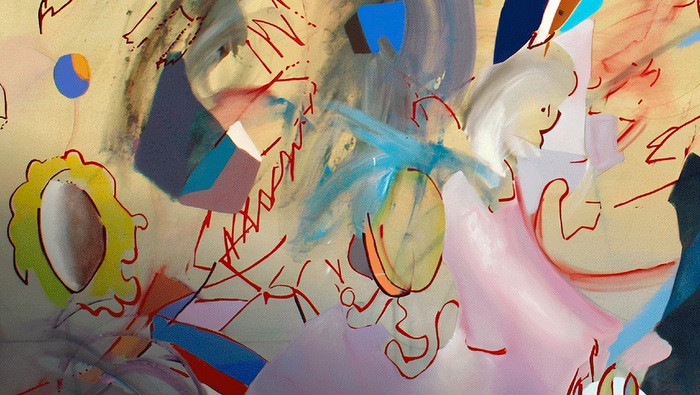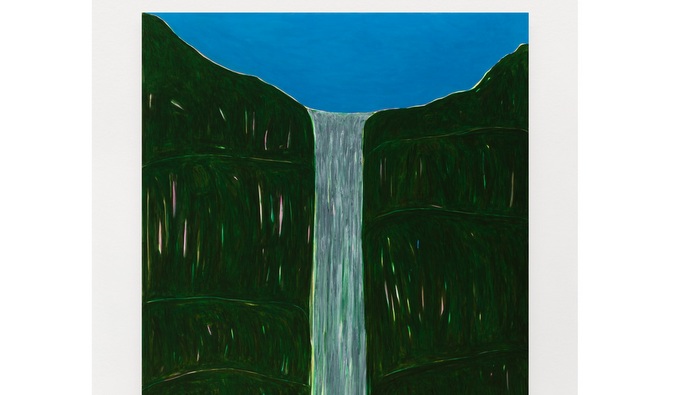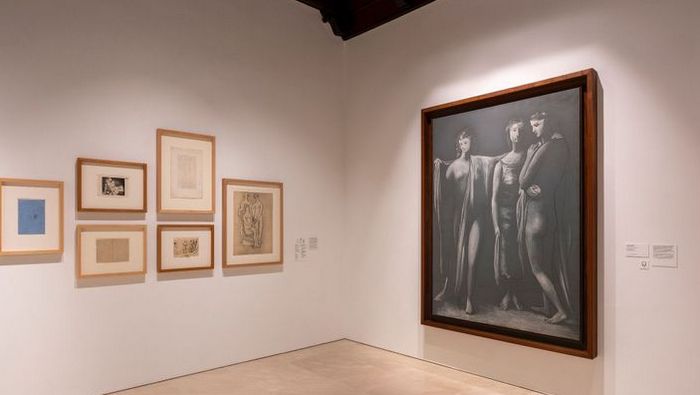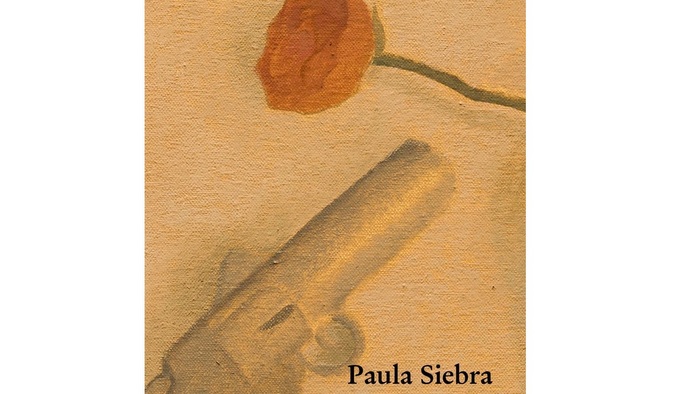Thanks to a close collaboration between the Museo Picasso Málaga and the Fundación Almine y Bernard Ruiz-Picasso, the works on display in the galleries will be changed in order to show around 144 works of art which together reveal Picasso’s extraordinary ability to create the innovative structures that made him one of the most influential artists of the modern period.
Michael FitzGerald, Kluger Family Professor of Art History at Trinity College, Hartford, Connecticut, (USA), who is the curator of this transformation of the museum, has said that ‘Picasso’s creativity arose from two apparently opposing inspirations: innovation and retrospection’, and also that ‘the interplay of these two concepts defines the creative pathways that enabled him to weave together Cubism, Classicism, Surrealism and his other innovations into the unity of a life’s work.’
Based on these insights, the new installation has been devised to involve the viewer in the artist’s creative process and to stimulate our imagination, mapping a new understanding of the work of this great master and creator. Intellectually, it breaks down conventional divisions of Picasso’s work (especially by stylistic periods and biographical ones in terms of his relationships with women) in order to propose the possibility of understanding his career as a unified body of art. Traditionally, Picasso’s more than eighty years as an artist are divided into distinct periods. Most commonly, this is done with stylistic categories, such as the ‘Blue’ or the ‘Rose’ period, ‘Cubism,’ ‘Classicism,’ or ‘Surrealism.’ In some cases, these categories are further divided into different phases, such as ‘Analytic Cubism’ or ‘Synthetic Cubism’ until his art seems to fragment into isolated slivers stacked one on top of the other. Another increasingly popular approach uses Picasso’s biography as a lens to dissect his career into separate sections. For this viewpoint, his relationships with women are the preferred units. So, we have the period of Fernande Olivier, Olga Khokhlova, Marie-Thérèse Walter, Dora Maar, or Jacqueline Roque.
These divisions obscure the overall unity of the artist’s output, for which reason the selection and juxtaposition of the works featured in Pablo Picasso: Structures of Invention. The Unity of a Life’s Work challenge that segmentation, reconnecting the different phases of Picasso’s career. Through this combination of periods and also of techniques - painting, sculpture, ceramics, drawing and graphic art - the Museo Picasso Málaga will present connections that illustrate the ways in which the artist’s astonishing creativity was rooted in both his previous creations and his most recent innovations.
The new transformation of the Museo Picasso Málaga will thus reveal the coherence of the artist’s output, moving away from conventional interpretations, which have classified it by periods, by displaying works from different decades of his career alongside each other in many of the museum’s galleries. Expressed succinctly, the aim is to see Picasso as a creative whole.
A JOURNEY AROUND THE PALACIO DE BUENAVISTA
Pablo Picasso: Structures of Invention. The Unity of a Life’s Work offers visitors a chance to see relationships across Picasso’s career by combining works from different decades in the same gallery. This approach emphasises the artist’s creative continuity and the constant interactions between his different styles and techniques and the events of his life. These leaps through Picasso’s oeuvre give rise to new connections between works that have rarely been compared before, demonstrating how the artist’s astonishing creativity always remained rooted in his previous creations. To introduce visitors to this idea, the first gallery presents a leap across his career from the late 1890s to 1970.
Despite the great variety of Picasso’s art, his subject matter is largely restricted to the traditional forms of western art: the human figure, still life, and landscape. The themes of Picasso’s universe – The Minotaur, the bullfight, family, and eroticism, among others – are presented in the exhibition in oils, prints, sculptures and ceramics across a wide range of his styles and his long lifetime. Each of the galleries of this new display of the Museo Picasso Málaga’s collection show how he renewed art by redefining traditions and inventing new ways of making art.
The works by the artist exhibited in Pablo Picasso: Structures of Invention. The Unity of a Life’s Work span the period between 1895 and 1972. Most of them are from the new temporary deposit recently made by the Fundación Almine y Bernard Ruiz-Picasso (FABA), including three oils, a sculpture, a ceramic, three drawings and two sketchbooks which will be seen for the first time in Spain. Notable within this group previously not seen in Spain are the oils Paul (The Artist’s Son) (1922) and Head of a Woman (1928), as well as the sculpture Woman leaning on her Elbow (1933) and Spanish Plate decorated with a bull’s head (1957). The first is a portrait of the artist’s first child in which the sketch-line rendering conveys both the informality of a child caught in the moment and the elegant beauty of Picasso’s revival of classical styles. The painting Head of a Woman confronts us with the extremes of emotion and dark depths of the psyche that Surrealism made the primary subject matter of art and inspired much of Picasso’s output during the late 1920s and 1930s. In Woman leaning on her Elbow the artist explores the possibilities offered by plaster as a support, while in Spanish Plate decorated with a bull’s head the eyes, the flattened nose and wide mouth again evoke the Minotaur’s combination of human and beast, and perhaps even Picasso himself. The new display in the Palacio de Buenavista also includes three African sculptures which were in Picasso’s private collection.
A new feature is the presence in the galleries of the permanent collection of five small ‘Focus Exhibitions’ curated by researchers participating in the Research Programme of the Fundación Almine y Bernard Ruiz-Picasso (FABA). These small exhibitions offer in-depth studies of issues central to Picasso’s artistic development. The themes covered are: the artist’s relationship with African sculpture, featuring African objects from Picasso’s own collection and curated by Joshua I. Cohen; paintings on wooden panels, curated by Meta Maria Valiusaityte; the artist’s plaster sculptures of the 1930s, curated by Rocío Robles Tardío; Picasso’s life in Paris during World War II, curated by Blair Hartzell; and the enormous mural which the artist painted in 1957-58 for the headquarters of UNESCO in Paris, curated by Giovanni Casini.
18/03/202420/03/2027
Source: Museo Picasso Málaga
Related Publications

La Cometa Gallery. Upcoming Openings: Miami & Madrid
May 08, 2025
Galería YUSTO / GINER: Neo-Nueva York
May 07, 2025












